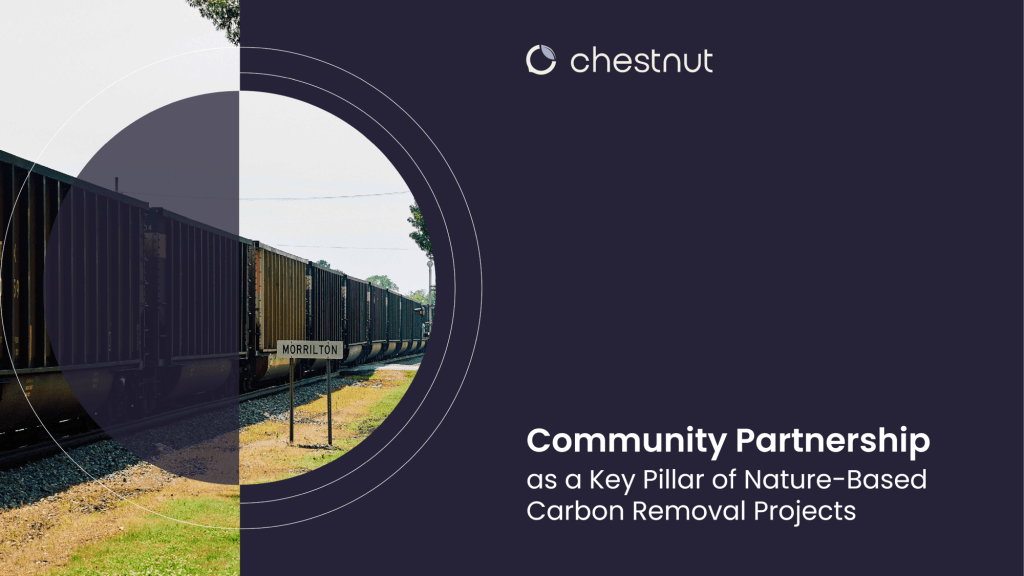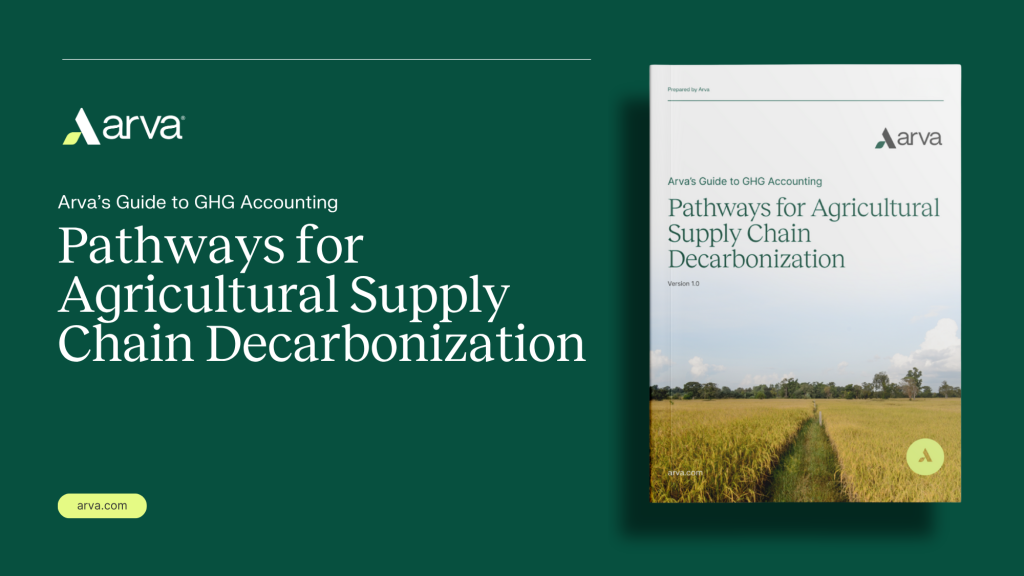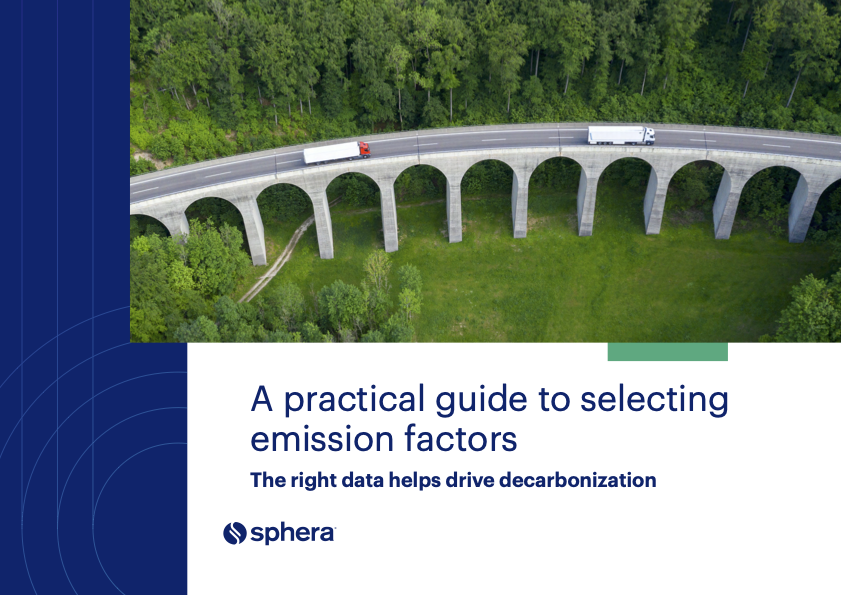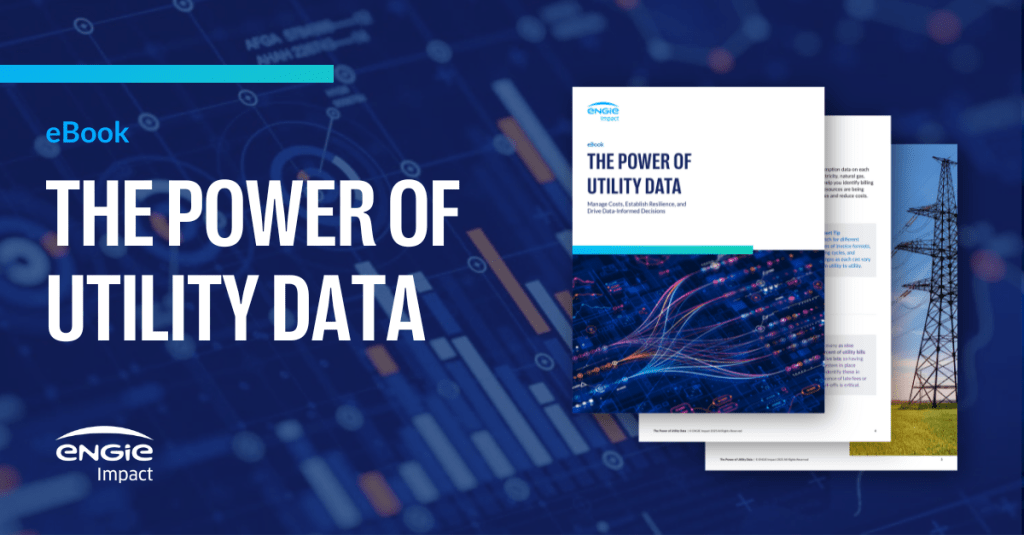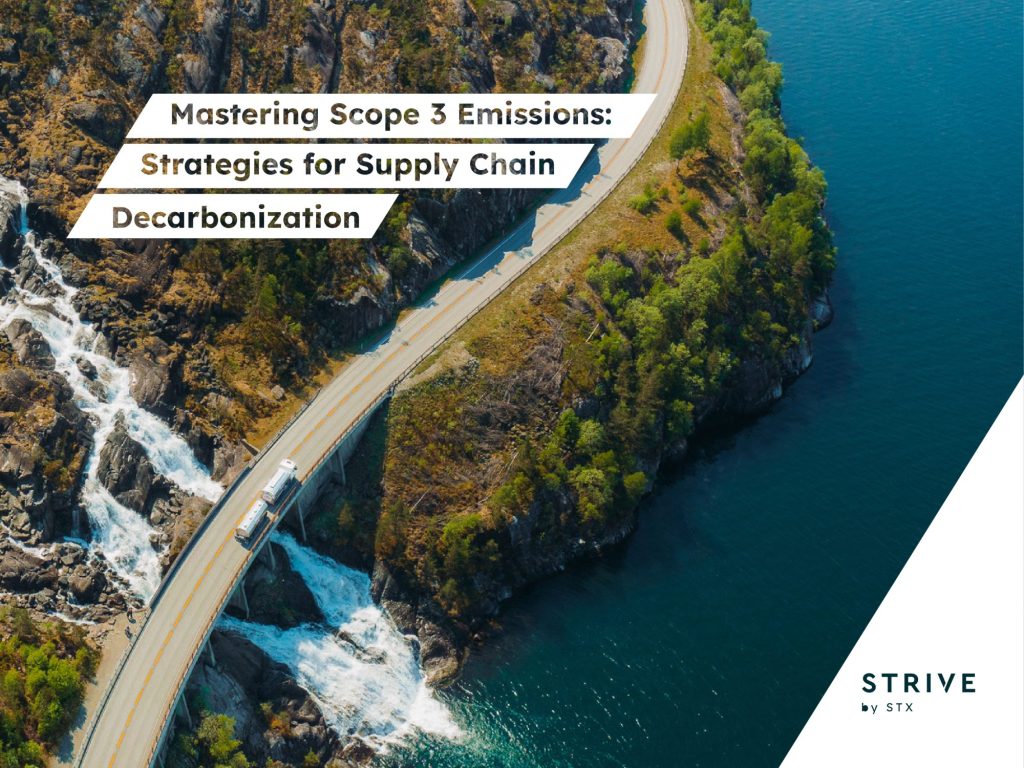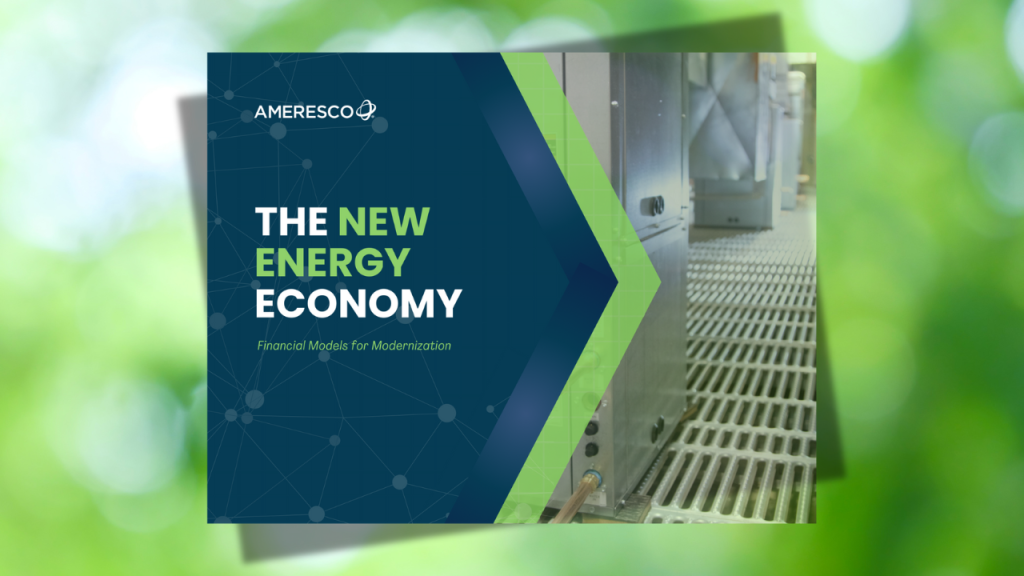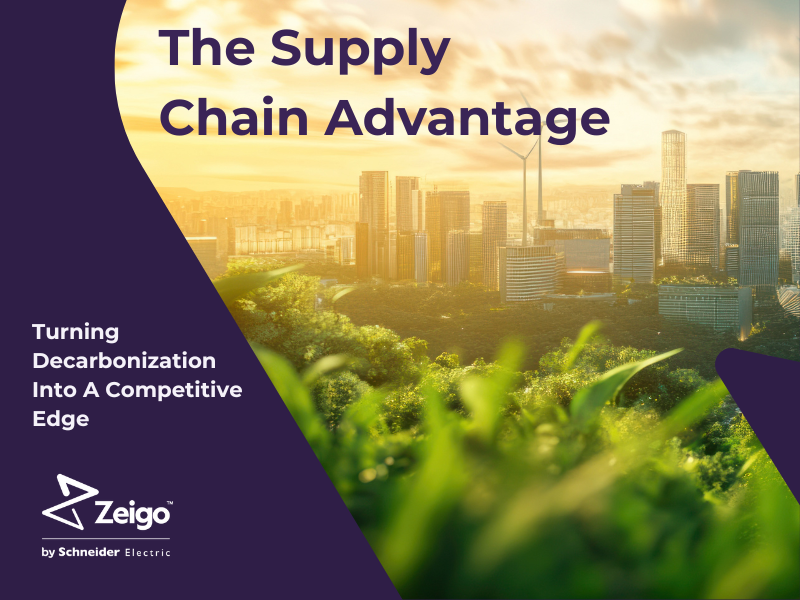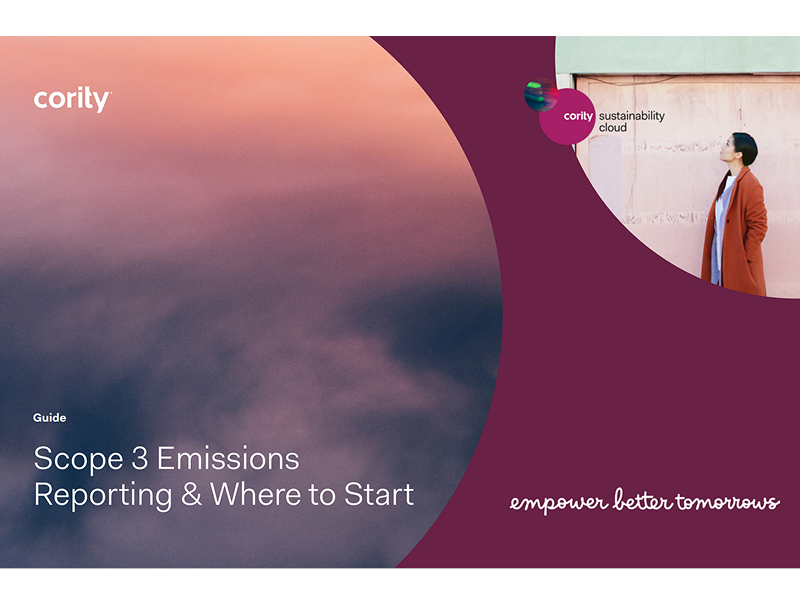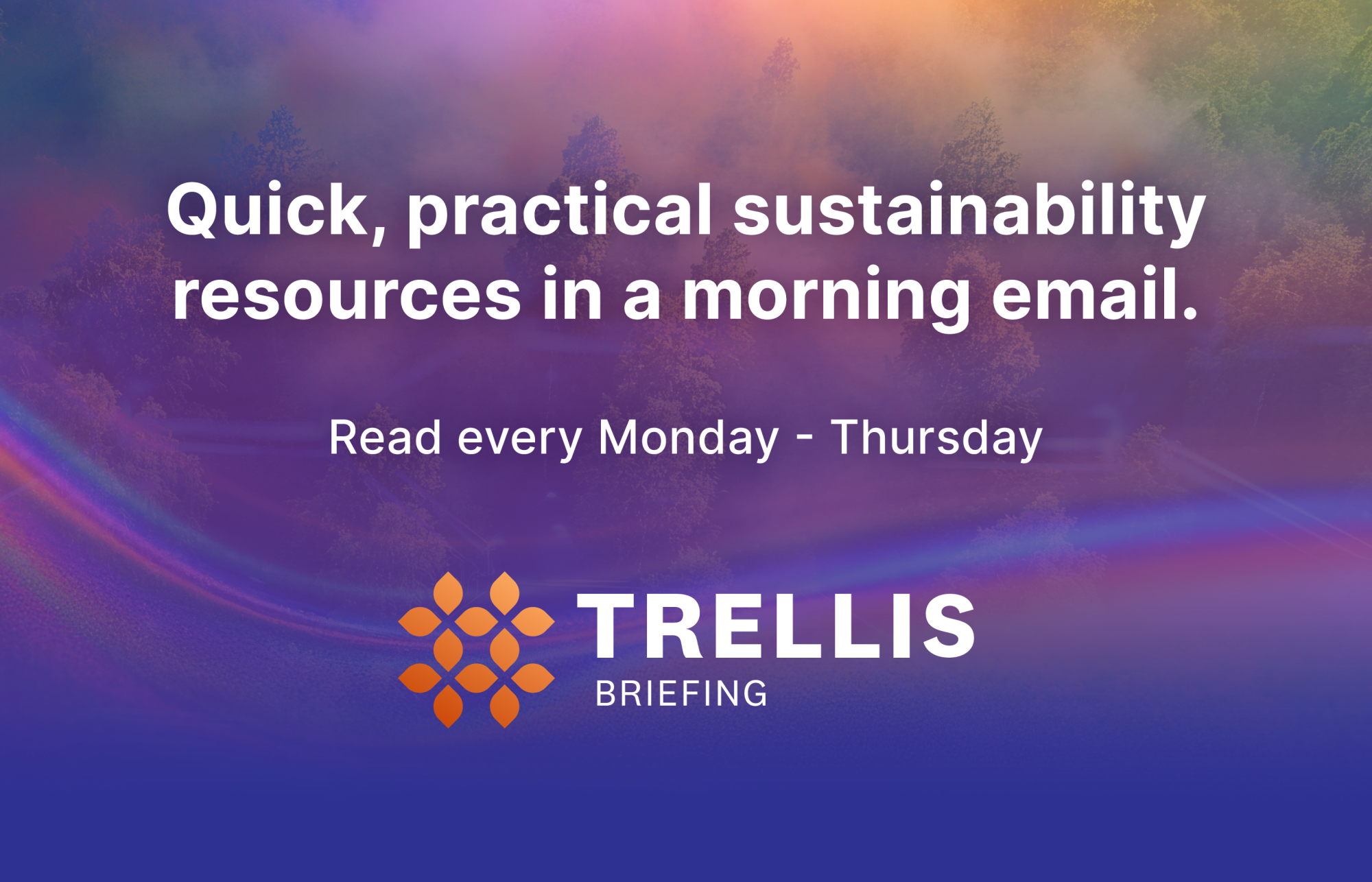Bayer revamps Sustainability Council, looking to deliver on its ambitious targets
The pharmaceutical and agriculture giant is bringing in fresh expertise as it races to cut emissions, transform farming and expand global health access by 2030. Read More
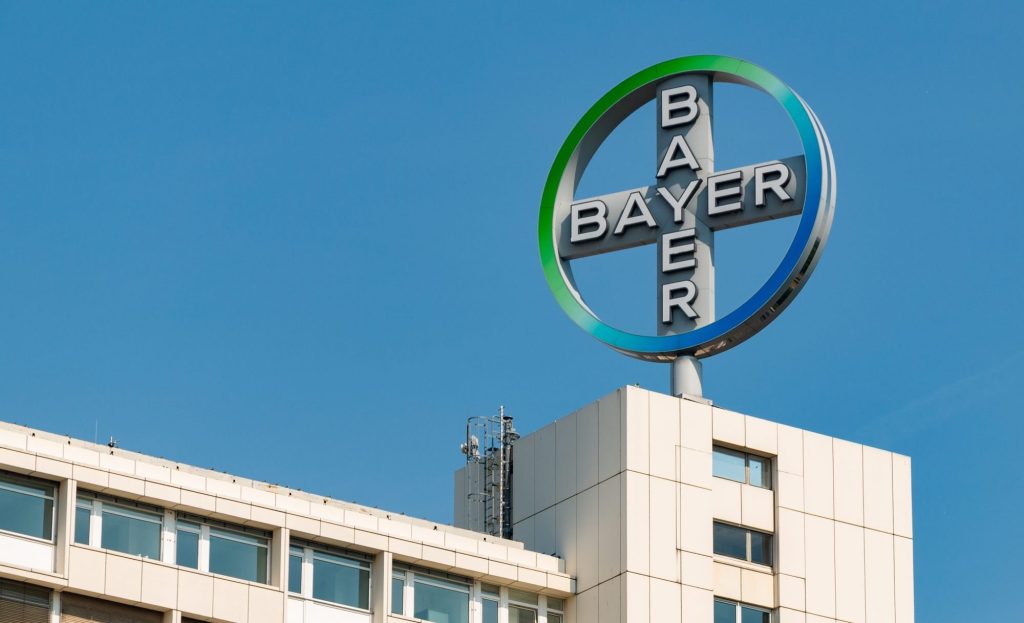
- Bayer’s independent advisory council brings together experts in agriculture, health and sustainability to guide strategy.
- The company faces steep challenges, from slashing Scope 3 emissions across thousands of suppliers to navigating farmer pushback and political headwinds.
- Companies in other sectors consult with independent advisors, but this type of council is unusual in Big Pharma.
Five years out from its 2030 deadline to meet ambitious sustainability targets, Bayer has overhauled its Sustainability Council, adding five new outside experts and parting ways with four members.
Created in 2020 and composed entirely of external individuals, the council advises management on climate, agriculture and health. An independent, non-governing body, it does not have formal decision-making power but meets several times a year with Bayer’s top executives to provide input and scrutiny.
The pharmaceutical and agriculture giant said the shake-up will help internal teams work more directly with outside specialists and “engage even more in specific projects” in the final stretch toward its goals.
“Our approach of working with such renowned experts as part of a Sustainability Council is quite unique in the industry,” said Matthias Berninger, Bayer’s executive vice president and head of public affairs, sustainability and safety. “We strongly believe that the diverse backgrounds and expertise from the different Council members provide tremendous value to help us achieve our ambitious sustainability targets, but also to continuously challenge us to see whether there is even more we can do to address climate change and the implications thereof.”
Sustainability is the strategy
Bayer has tied its business strategy to sustainability. In 2020, it adopted the mission “Health for all, hunger for none,” pledging to support 100 million smallholder farmers, 100 million women in low- and middle-income countries with modern contraception and 100 million people in underserved communities through self-care by 2030.
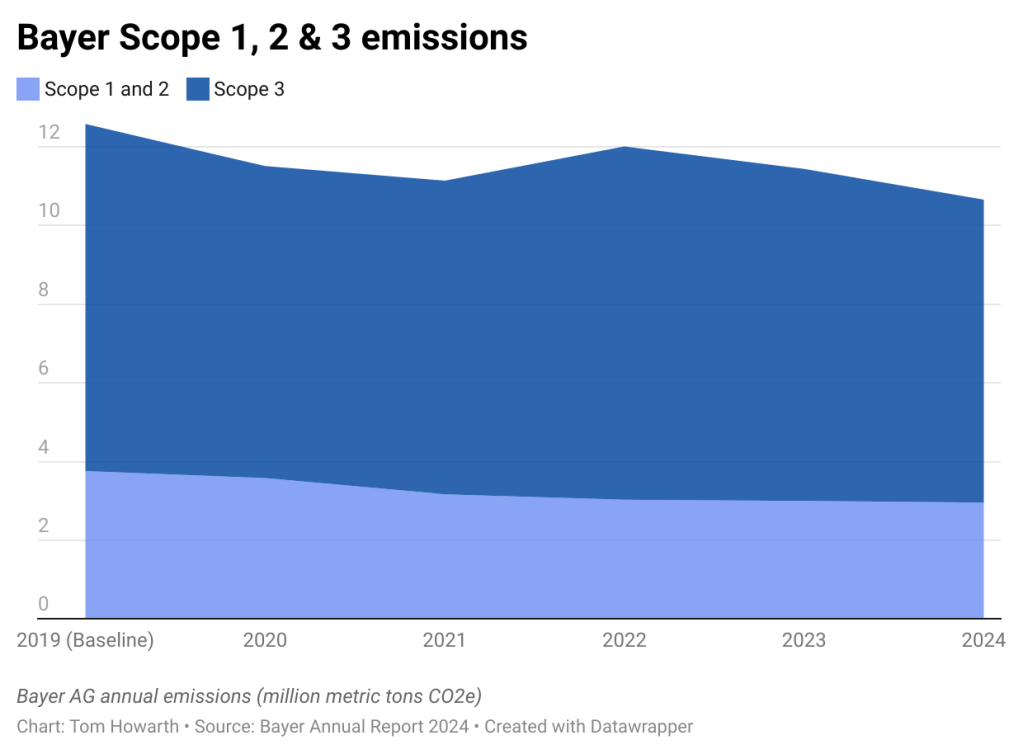
It also committed to reduce its own greenhouse‑gas emissions (Scopes 1 and 2) by 42 percent by 2030, to cut its value‑chain emissions (Scope 3) by 25 percent by 2029 and to enable farmers to reduce the greenhouse‑gas footprint of crop production by 30 percent, also by 2030.
Who’s at the table — and why
The revamped line-up brings experience from sustainable agriculture, public health, circular economics and corporate stewardship. The new faces include:
- Facundo Etchebehere, co-founder of NGO Ambition Loop and former head of Danone’s sustainability strategy
- Lisa Lange, an expert in circular economics and stewardship at Federated Hermes Limited
- Philipp Roesler, a physician and a former German vice-chancellor
- H.E. Toyin Saraki, founder of the Wellbeing Foundation Africa and advocate for maternal health
- Cori Wittman Stitt, a fifth-generation farmer and regenerative agriculture specialist
Although they’re uncommon in the pharmaceutical industry, similar expert advisory bodies have been adopted in other sectors. For example, Nestlé convenes a Creating Shared Value Council and Unilever has a Sustainability Advisory Council. Bayer positions its council as distinct because of its integration into its core business strategy.
Etchebehere sees his role as helping Bayer “contact allies, see opportunities and accelerate important transitions, all with the goal of feeding the world within the limits of the planet,” he said in an interview.
For Wittman Stitt, the link between regenerative farming and corporate sustainability is personal. “On our farm, everything we do is evaluated through the lens of environmental sustainability — through the regeneration of soils and natural resources while producing increasingly healthy, nutrient‑dense food,” she said. “And I see parallels in the conversations and lenses being used at Bayer.”
That perspective is important because agriculture accounts for around a third of global greenhouse‑gas emissions, and Bayer is a major supplier of seeds and crop‑protection products.
‘Genuine conversation’
To meet its target of cutting the greenhouse‑gas footprint of crop production for its customers by 30 percent, the company will need to work closely with farmers.
Outside advisors can be a box-checking exercise for companies, Wittman Stitt acknowledged. “But that doesn’t seem to be the case at Bayer. There is genuine conversation, genuine curiosity, genuine requests for that honest, critical, constructive feedback. Not just to be a ‘yes’ council but to really pressure-test targets and ask if these things we’re doing pass the litmus test of these broader targets.”
“I’m confident it’s taken seriously,” said Roesler, who is also a former managing director at the World Economic Forum. “We had more than an hour talk with the CEO, and you could really see it’s not an add‑on like a charity or foundation. It’s a part of the business strategy at Bayer.”
The will may be there, but turning it into timely action is another challenge. “I’m worried that changes due to climate change in agriculture are happening way faster than technological solutions,” Roesler said. “We have to speed up all the processes and have a short line between those who are on the ground facing challenges and urgently need help and those who are trying to provide help.”
Contradictory signals
Meeting the 2030 targets will be daunting. The company must cut emissions across thousands of suppliers, invest $628.65 million in energy efficiency at its own plants, roll out digital tools and regenerative practices to farmers and expand access to contraception and self‑care in low- and middle-income countries.
The Science Based Targets initiative recently validated Bayer’s climate pathway, which aligns with keeping global warming well below 2 degrees Celsius. Bayer has also received an “A” rating from Carbon Disclosure Project for its climate and water management commitments.
But the company’s carbon footprint remains vast: annual Scope 1 and 2 emissions were nearly 3 million metric tons at the last count, with Scope 3 just under 8 million. More than 70 percent of Scope 3 comes from purchased goods and services, and changing supplier behavior is notoriously difficult.
The company has launched a “Scope 3 Accelerator Program” to engage suppliers on renewable energy and efficiency, but the effects remain to be seen.
On the agricultural side, enabling farmers to cut emissions by 30 percent will require scaling regenerative practices, digital tools and climate-resilient crops. Yet these initiatives have drawn criticism. In 2023, for example, Spanish farmers accused Bayer of “a textbook example of greenwashing” after it promoted the weedkiller glyphosate under the banner of regenerative agriculture, Sustainable Views reported.
This April, Bayer reaffirmed its climate commitments but blocked shareholders from voting on its Climate Transition and Transformation Plan, citing “concerns around timing” amid an international ESG backlash, according to Responsible Investor. Bayer’s largest bloc of investors — representing 32 percent of stock — is in North America.
Coffee, not chocolate
Regardless whether Bayer hits every target, its Sustainability Council offers one model for embedding sustainability into corporate governance: independent yet integrated, drawing on expertise in areas from regenerative farming to global finance, and with direct access to the leaders in the company.
“You can only have impact if sustainability is part of your business model, not just a nice to have when you have enough profit,” Roesler said. “It’s the coffee, not the chocolate topping. Every company should integrate sustainability into its core business.”
“The long‑term success of a company is only possible with a clear sustainability strategy,” Etchebehere said. “As a member of the Sustainability Council, I will work to integrate a proper conversation into the business, which means empowering the solutions but acknowledging what is wrong and what needs to change.”

Subscribe to Trellis Briefing
Featured Reports

The Premier Event for Sustainable Business Leaders


